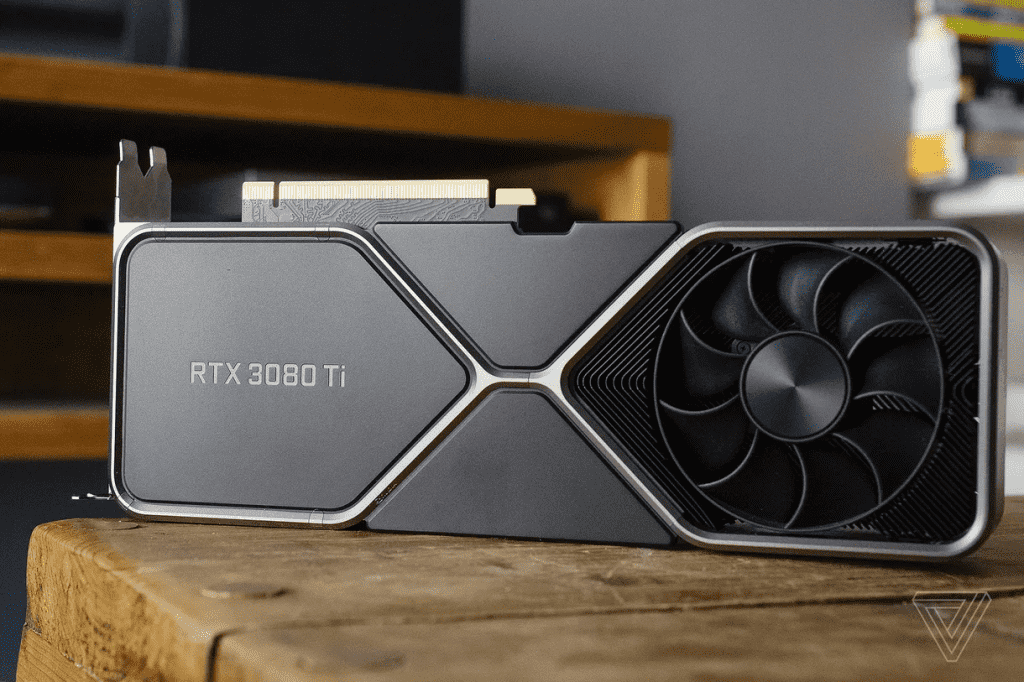PC sales figures plummeted this quarter, putting Nvidia under pressure. While this is a nuisance for Nvidia, it’s a fascinating scenario for gamers because Nvidia attempted to appease those investors by announcing that new things are on the horizon.
Nvidia CEO Jensen Huang stated that the company overbuilt gaming GPUs and is now obliged to sell them at a low price.
“We found ourselves with excess inventory,” says Huang. “Our strategy is to sell in well below the current sell-through levels in the marketplace to give the channel an opportunity to correct.”
“We’ve implemented programs with our partners to price-position the product in the channel in preparation for our next generation,” he added.

To put this in context, Nvidia is lowering pricing — to distributors, at least — to sell as many RTX 3000 graphics cards and CPUs as possible before the RTX 4000 series arrives this autumn.
However, that doesn’t guarantee you’ll see a too-good-to-be-true price on a graphics card or gaming laptop right away because partners and retailers determine the final price — but those parties have incentives to clear shelves, even if they disguise them as sales rather than price cuts across the board.

Nvidia is also attempting to imply that current-gen Ampere GPUs will coexist with next-generation ones. According to Huang, current-generation GPUs will be “layered on top of the exciting future generation” of chips. He also mentioned that more GPUs might have a future in cloud data centres. So Nvidia may have solutions other than merely clearing off its GPU inventory by selling them low.

Furthermore, Nvidia’s CFO, Collette Kress, suggested that the company might work on a brand-new initiative to increase gaming revenue. She mentioned Nvidia’s “new sector of the market that we aspire to reach with our gaming technology” on the call.
Nvidia emphasised during the most recent Q2 2022 earnings call that gaming demand hasn’t dropped down a cliff despite the unexpected drop in sales, pointing out that GeForce sell-through is still up 70% since before the pandemic.


